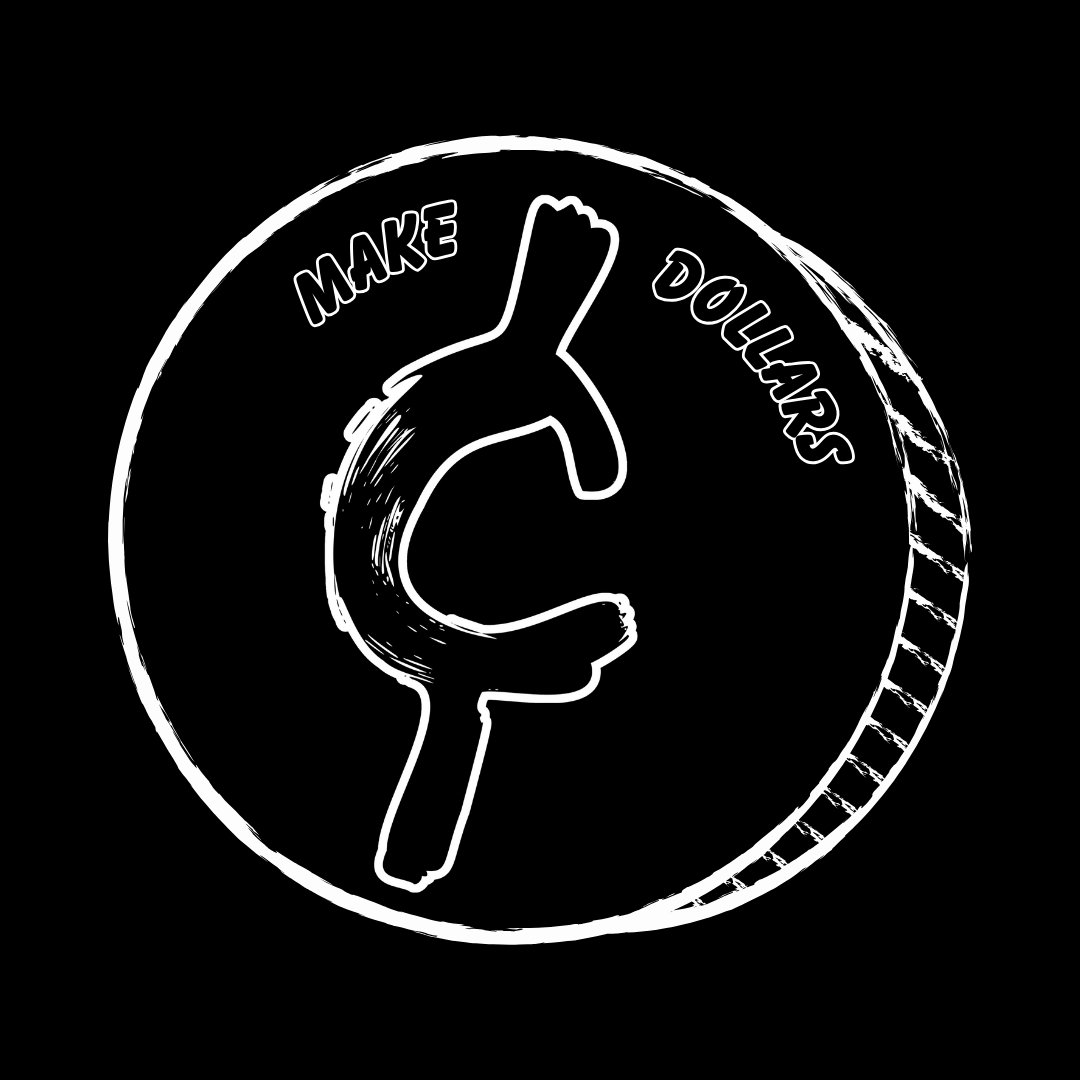Spotting Valuable Varieties: Double Dies and More
One of the most exciting parts of coin collecting is finding something rare where most people see only change. Coin varieties — like double dies and repunched mint marks — are exactly that: unintended minting quirks that turn ordinary coins into valuable discoveries.
Whether you’re a beginner or a seasoned collector, learning to spot these varieties can turn a $0.25 coin into a hundred-dollar find. Let’s explore what these errors are, how they happen, and how you can identify them in your own collection or bank rolls.
What Is a Coin Variety?
A variety occurs when a coin’s design differs from the standard due to a change or error in the die used to strike it.
Unlike mint errors, which happen randomly during striking (like off-centers or clips), varieties are repeatable — every coin struck with that specific die will show the same feature.
Varieties happen during die creation or modification — and some are far more dramatic (and valuable) than others.
Double Dies (Doubled Dies)
What They Are
A doubled die occurs when the design on the coin die is impressed twice at slightly different angles or positions. Every coin made from that die will show doubling in the same areas.
How to Spot Them
Look closely (a magnifier helps!) for doubling on:
Letters in “LIBERTY,” “IN GOD WE TRUST,” or the date
Eyes, ears, and other fine details on portraits
Commonly known examples include:
1955 Lincoln Cent Doubled Die Obverse (DDO) — one of the most famous U.S. coin varieties
1969-S Lincoln Cent DDO — extremely rare and valuable
1972 Lincoln Cent DDO #1 — strong doubling visible to the naked eye
Value Range:
From $20 for minor modern examples to tens of thousands for major classic ones.
Repunched Mint Marks (RPMs)
What They Are
Before the 1990s, mint marks (like D, S, or P) were hand-punched into dies. Sometimes, workers misaligned the first punch and corrected it, leaving behind overlapping impressions — known as Repunched Mint Marks.
How to Spot Them
Look for shadow-like doubling or an outline around the mint mark. Examples include:
1960-D and 1960-D/D Lincoln Cents
1956-D/D Wheat Cents
1946-D/D Jefferson Nickels
Even minor RPMs can bring premiums of $5–$50, while bold ones can reach hundreds.
Overdates and Over Mint Marks
What They Are
Sometimes older dies were repurposed for new years or mints — literally punched over with new numbers or marks.
These are called overdates (example: 1942/1) or over mint marks (example: D over S).
Famous Examples:
1942/1 Mercury Dime (both Philadelphia and Denver)
1918/7-D Buffalo Nickel — one of the most sought-after 20th-century varieties
1900-O/CC Morgan Dollar — struck using leftover dies from the Carson City Mint
These dramatic varieties are often key coins in their respective series.
Design and Hub Varieties
What They Are
Sometimes, subtle changes were made between years or even mid-year — leading to noticeable design differences.
Examples:
Type 1 vs. Type 2 Eisenhower Dollars (1972)
“Wide AM” vs. “Close AM” Lincoln Cents (1998–2000)
“Type B Reverse” Washington Quarters (1956–1964)
These types are exciting because they’re often found in circulation — especially the Wide AM and Type B reverses.
Tools to Help You Identify Varieties
Modern collectors have incredible resources for identifying and confirming varieties:
Magnification: 10×–20× loupe or a USB microscope
Online resources:
VarietyVista.com — visual reference for die varieties
Wexler’s Die Varieties — comprehensive listings
coincollectingtools.com — ideal for cataloging your finds
Lighting: Use angled light to catch doubling or faint outlines
Grading and Authentication
For valuable varieties, professional grading and attribution are key.
PCGS, NGC, and ANACS all attribute major varieties with labels like DDO, DDR, or RPM on the holder.
Certified coins generally sell for more and are easier to verify for buyers.
Final Thoughts
Varieties are a fascinating part of the hobby because they combine rarity, history, and the thrill of discovery. The more you know about how these features appear — and how to confirm them — the better chance you have of finding something special hiding in plain sight.
Whether you’re roll hunting, attending shows, or sorting inherited coins, variety collecting adds depth and excitement to every collection.
